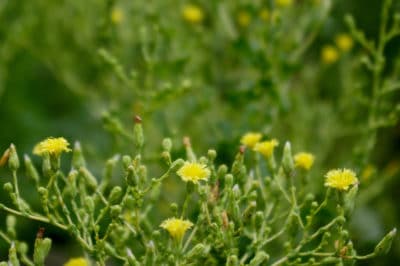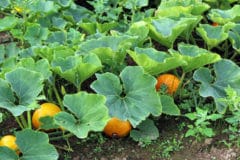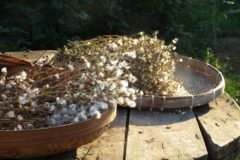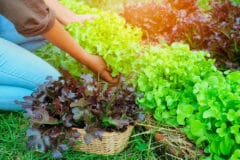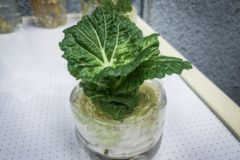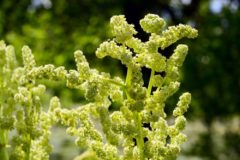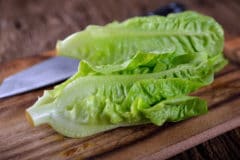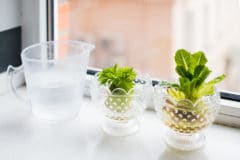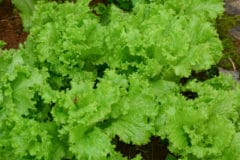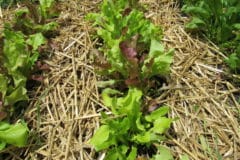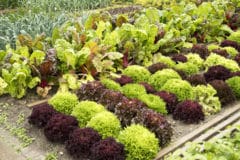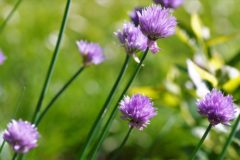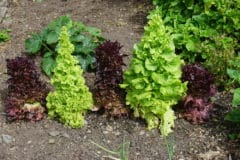Natural Flowering
Lettuce is typically harvested before it flowers as a leafy head. Gardeners and farmers will leave a portion of their lettuce crop intentionally letting it flower and seed. If you’ve been harvesting leaves from your lettuce plants without taking the head, they will eventually begin flowering. Plants that have produced a plump head or substantial greens throughout the season are likely flowering naturally and should be left to go to seed.
Successional planting will ensure that all of your lettuce won’t flower at once. With plants at different stages of growth, you should always be able to harvest some edible leaves. To do this, plant new seeds every two weeks throughout the year.
Bolting
Once lettuce begins to flower, it produces a sap that makes the leaves bitter and unpalatable. Because of this, the challenge with lettuce is to prevent its biological clock from deciding to flower for as long as possible.
Sometimes, lettuce will rapidly flower before it has produced its full potential of edible leaves. It happens due to stress factors like:
- Heat
- Light
- Dryness
- Damage
When this happens it’s called bolting. The factors listed above cause bolt when the plant gets too much of them. Too much heat, too much sunlight, or being too dry will cause bolting lettuce plants.
Seed Saving
When a lettuce plant flowers, it will send up a flowering shoot out of the central crown where new leaves grow. This shoot will grow taller than the rest of the plant and then produce clusters of flower heads. If your plant begins to stretch toward the sky there’s a good chance it’s bolting.
Lettuce flowers don’t need pollinators to produce seed, the flowers grow into each other and pollinate themselves. The flowers will wilt and give way to pappus, or white feather-like parachutes. The function of these in nature is to carry the seed on the wind so that it can grow somewhere else.
When you see pappus developing, you know that it’s just about time to save seed. Saving seed not only saves money each year but over time it will help acclimate a variety of lettuce to your garden specifically. By selecting the healthiest plants to save seed from each year you strengthen the strain and help it to adapt.
Each pappus parachute will have two or three seeds attached to it. It’s easy to simple rub the pappus between your fingers and allow the tiny surfboard shaped seeds to fall into your hand. Store them in a dark and dry location, and mark each container with the variety and date harvested.
